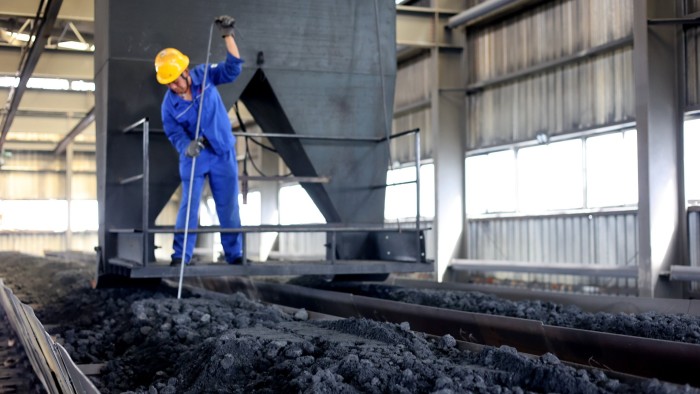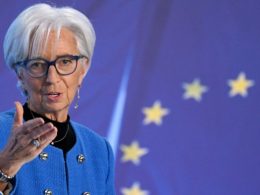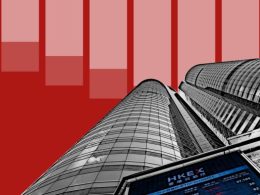Unlock the Editor’s Digest for free
Roula Khalaf, Editor of the FT, selects her favourite stories in this weekly newsletter.
Shares of non-Chinese graphite producers surged on Friday after the US announced anti-dumping duties of 93.5 per cent on imports from China of a mineral vital to batteries in electric vehicles.
Australia-listed Syrah Resources, the largest non-Chinese graphite miner, rose 22 per cent and Canada’s Nouveau Monde Graphite jumped 26 per cent as investors bet the duties could help them compete against dominant Chinese rivals. Novonix, a dual-listed Australian-US producer, gained 15 per cent, and South Korea’s Posco Future M was up 20 per cent.
The US commerce department on Thursday said it would impose a 93.5 per cent tariff on anode active materials from China, which covers graphite imports, after a group representing North American graphite producers called for an investigation into alleged Chinese dumping of the mineral.
“This is clearly a positive development for the sector,” said Ben Lyons, director of equity research at the investment bank Jarden. The US government’s moves on rare earths, and now graphite, demonstrated a strategic intent to source more critical materials from non-Chinese sources, he said. “It’s a very strong signal that they are intent on fostering an ex-China supply chain,” Lyons said.
The move, which according to analysts will increase the total US tariff rate on Chinese graphite to 160 per cent, came after Beijing finalised new restrictions this week on the export of technologies essential for making cutting-edge lithium iron phosphate batteries.
These LFP batteries have a low-cost chemistry composition that has underpinned China’s rise as a global electric car powerhouse.
Anodes are widely regarded as the most difficult part of the battery for the west to reduce its dependence on China, due to low prices and the near-complete dominance of Chinese groups over global supply.
Chinese companies accounted for 95 per cent of the global anode market in the first five months of 2025, with South Korean companies, led by Posco and Daejoo, accounting for 2.7 per cent, and Japanese makers for 2 per cent, according to market information provider SNE Research.
Tim Bush, a Hong Kong-based battery analyst at UBS, said efforts in Asia and North America to build a non-Chinese anode supply chain had been “undermined by US automakers’ unwillingness to underwrite the costs”.
That reflects, in part, scepticism among battery and electric vehicle producers about the ability of North American producers to supply the battery-grade graphite they require.
In a submission to the US government earlier this year, Tesla said US graphite producers had “not yet shown the technical ability to produce commercial quantities” of the mineral “at the quality and purity required by Tesla and other battery cell manufacturers”.
Given the current paucity of non-Chinese anode suppliers, the additional import costs are likely to sting Asian battery providers, including those serving American EV manufacturers such as Tesla, General Motors and Ford, with the extra costs potentially passed on to US consumers.
An average EV battery contains 50 to 100 kilogrammes of graphite, meaning the new tariffs could deprive battery and EV makers of up to 20 per cent of the value of generous federal production credits that were introduced by the Biden administration and which survived the recent passage of President Donald Trump’s “One Big Beautiful Bill”.
Michael O’Kronley, chief executive of Novonix, said in a statement that the US move “underscores the strategic importance of building a domestic supply chain for critical minerals” in North America, such as synthetic graphite.
Last year, the US energy department agreed to loan the Australian company more than $750mn to construct the largest synthetic graphite factory in North America, based in Chattanooga, after China put new restrictions on exports.
Even with the new tariffs, Matthieu Bos, chief executive of Falcon Energy Materials, said western graphite producers would still struggle to produce at scale, with low costs and high quality, without leaning on China’s technical expertise.
“Everyone is popping the champagne as share prices are up, but we’ve been here before,” he said. “It’s always easier to mine the capital markets than build something.”
Source link









